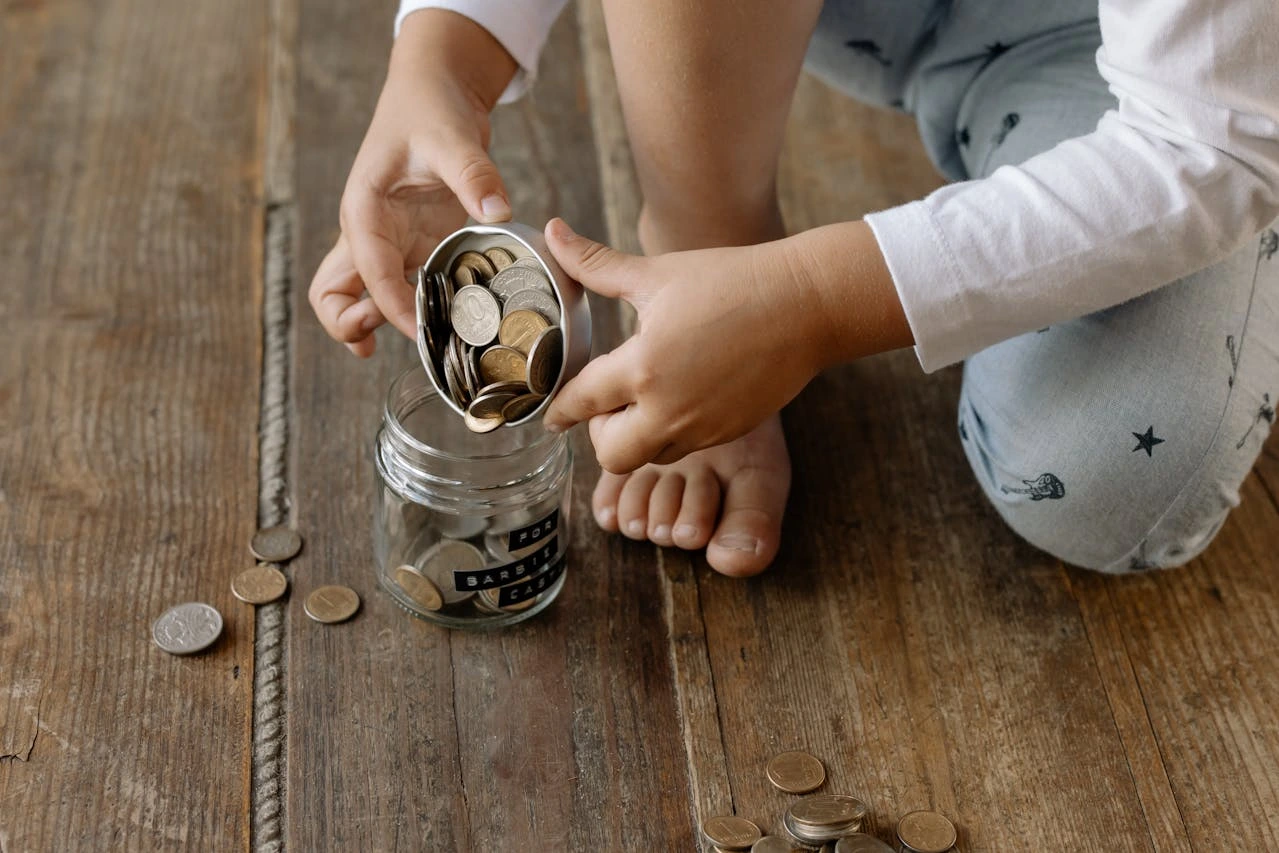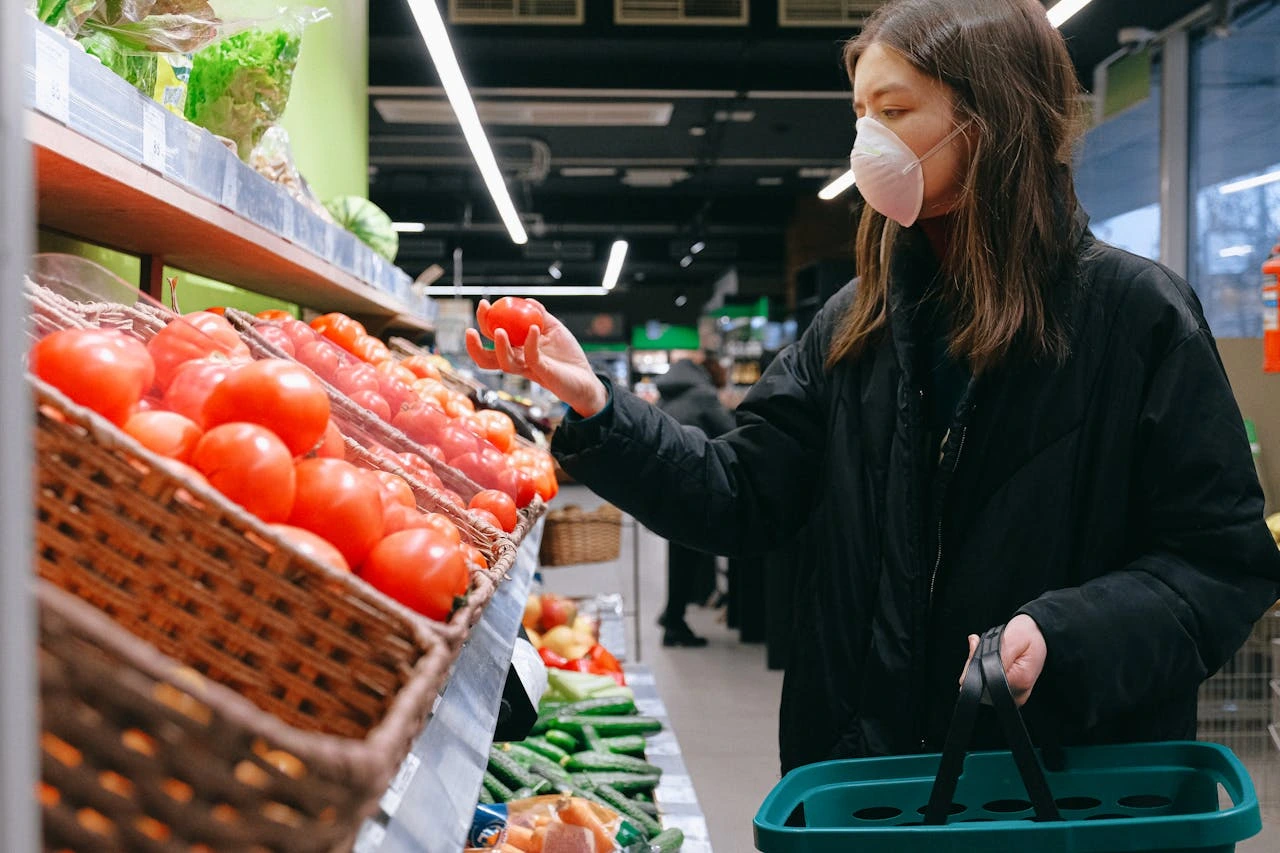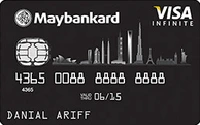Like the last grains of sand slipping through an hourglass, that packet of dried beans sitting idle on the shelf isn’t just an ingredient—it’s a monument to how far we’ve stretched our paychecks. In a time when every peso counts, the humble pantry becomes a vault of value, and the act of resisting a snack‑buy or delaying a purchase turns into both strategy and survival. Even routine trips to the grocery store now come with mental calculations: “Can I splurge a little with my credit card for a treat, or should I hold off and save?” As inflation Philippines 2025 keeps whispering in the background, how we grocery‑shop, budget, and weigh “wants” versus “needs” is quietly being rewritten, turning each decision into a balancing act between present comfort and future stability.

The New Filipino Frugality
Inflation in the Philippines may be trending lower—headline inflation eased to just 0.9% in July 2025, according to the Philippine Statistics Authority (PSA). But that doesn’t mean life feels cheaper. Instead, we’re adjusting: recalibrating our expectations, shifting our shopping habits, and quietly embracing a new kind of frugality.
Post‑inflation fatigue doesn’t roar—it sighs. We find ourselves choosing between buying fresh greens or topping up a utility bill. We gauge price tags more closely, weigh “small money wins,” and take pride in stretching ₱500 into two weeks of meals instead of one. What once felt routine—stopping by the fruit stand for mangoes or grabbing brewed coffee—we now weigh for value and timing.
Price sensitivity grows. A 10 % surge in a staple no longer triggers panic—it’s a reminder. The purchase becomes conscious: Do I need it now? Can I wait? Can I substitute? This isn’t just budgeting; it’s behaviour reshaping. And in homes across Luzon, Visayas and Mindanao, the mood shifts from “shopping spree” to “mission‑store.”

Pantry Economics
The kitchen cupboard has become an economic stronghold. Stockpiling habits (within reason) feel less like hoarding and more like mini‑investment. Every extra pack of rice, canned goods or detergent becomes a buffer against future price jumps. The quiet pride of “not running out” replaces the flash of impulse.
Here’s a table to illustrate how this plays out:
*Historical ballpark.
**Based on observed market trends among urban and provincial grocery stores.
By treating the pantry as a “mini‑investment”, households gain psychological and practical relief: if the essentials are secured, the rest of the budget breathes. It’s a shift away from “buy now, worry later” toward “buy smart, worry less”.

Luxury in Retrospect
Remember when dining out was routine, not a treat? When imported chips or designer ice‑cream weren’t “special”? In this era of higher cost of living in the Philippines, many once‑ordinary treats now feel indulgent. A takeaway pizza or that limited‑edition snack become “luxury snacks”.
This psychological recalibration of wants vs needs is powerful. We begin to savour differently: instead of “I’ll have the whole family order mains”, we split, share, down‑size. Sometimes memes step in to lighten the mood: “When you buy one mango instead of the pack and call it fine dining” becomes a badge of honour.
Humour helps. Coping mechanisms include jokes like: “My bank account thinks I’m in a drama series titled: ‘Will she buy the ice cream or pay the bills?’” These small rebelling memes add relief. They reflect how we’re redefining luxury not by price tag, but by intention.

The Hidden Power of Restraint
There's real strength in saying “not yet”. The lesson of delayed gratification—once cosy financial‑planner speak—becomes daily practice. When you skip a branded detergent for the generic, or you hold off that new gadget because your pantry is stocked and your budget safe—you build financial confidence.
These habits may outlast the inflation era. Because if you live through a time when even average grocery prices felt elevated—and you made it through—you carry forward a discipline that doesn’t vanish when prices settle.
From Stretch to Stability
To sustain this mindset post‑crisis:
- Set a three‑month essentials plan: Map out your pantry needs based on past weeks.
- Track your “wants” expense: For one month, write down every non‑essential grocery item you buy and note how you felt. Did it matter a week later?
- Use apps or platforms like Finmerkado to compare items, find promos, and stay budget‑aware.
- Rotate treats intentionally: Decide on one “luxury” snack per week instead of unconsciously buying many small ones.
- Reflect quarterly: Ask yourself if your spending still aligns with your values (for instance: nourishment, family meal times, savings).

A Reflection on Value
If all we measure is “how much we spent”, we may miss “why we spent”. The glow of a well‑stocked pantry, the calm of a balanced budget, the quiet satisfaction of not worrying at checkout—these are the emotional wealth of this era. They remind us that value isn’t always in the price, but in the peace of mind.
By treating groceries not as a cost but as a resource—and by letting restraint become a habit—we show that our financial stability is as valued as our festivities and family dinners. Because how we spend now shapes how we live ahead.


Conclusion
As you navigate this period of shifting grocery prices and budgeting challenges, remember: you don’t need to sacrifice joy to save. With intentional planning, smart substitution, and mindful treats, you can honour both your pocket and your lifestyle. And when you want a partner in tracking, comparing, and staying on track—visit Finmerkado for tools tailored to Filipino consumers.
References
- Summary Inflation Report (PSA) – “Headline inflation rate at 0.9% in July 2025”. Manila Standard
- Philstar.com – “Philippines’ June inflation rises to 1.4%; food prices easing”. Philstar
- TradingEconomics – Philippines Food Inflation. Trading Economics
- InsightPH – “Inflation eases to 1.4% in April 2025, lowest since November 2019”. InsiderPH
- PSA special release – CPI for bottom 30 % income households. Philippine Statistics Authority
Frequently Asked Questions
As of July 2025, the Philippines’ inflation rate stood at about 0.9%—its lowest in six years—thanks in part to falling food and transport costs.
While overall inflation is low, specific staples like cooking oil and chicken still show upward pressure. Households adapt by buying ahead, choosing generic brands, or reducing treat items.
Prioritise staples, plan meals around what’s already in the pantry, use price‑comparison tools (like Finmerkado), and treat luxury items as occasional rewards—not routine.
Consumers now pause before buying, ask “Do I need this now?”, share common purchases among family branches, and elevate small savings (e.g., ₱20 off) into meaningful wins.
Yes—restraint builds a muscle. If we’ve learned to budget, substitute, and optimise during this period, we’re better equipped for future financial fluctuations and can maintain stability long‑term.

The simple application process can be completed in just a few minutes.

Offers a rapid online application process that takes minutes, ensuring quick approval and fund transfers to returning customers' bank accounts.

CTBC Bank ensures quick processing times for loans and other financial services, prioritizing efficiency and customer convenience.
BPI Rewards Card

- Earn 1 reward point for every ₱35 spend
- Flexible installment plans with terms up to 36 months
- Free travel insurance wherever you go up to ₱2 million
- Enjoy a variety of year-round discounts and perks
- Ideal for shoppers looking for rewards
Maybank Visa Infinite

-
Metrobank World Mastercard

- Exclusive welcome gift for New-to-Metrobank credit cardholders until July 31, 2024
- 1 air mile per ₱17 foreign currency spend
- 1 air mile per ₱50 spend on other categories
- Up to 50% OFF on deals here and abroad
- Complimentary two global lounge passes per year
- FREE FOR LIFE annual fee for two supplementary cards
- Ideal for world explorers
Chinabank Personal Loan

Chinabank’s Easi‑Funds Personal Loan (via China Bank Savings) offers unsecured financing of up to ₱1 million, positioned similarly to peer offerings. It carries an add‑on interest rate of approximately 1.3%–1.5% monthly, translating to an estimated APR of 16%–19% depending on loan tenure and credit profile. Tenure options generally range from 12 to 36 months, while approval often comes within 3 to 5 banking days. Being backed by Chinabank’s extensive branch network and digital infrastructure, it combines legacy banking strength with modern convenience.
EastWest Personal Loan

Unsecured personal loan designed for flexible multi-purpose use—whether for tuition, travel, or business needs. Offers terms up to 60 months and competitive add-on rates.
CIMB Personal Loan

Fully digital, unsecured personal loan with fast approval and disbursement. Ideal for emergencies, business needs, or lifestyle goals.










